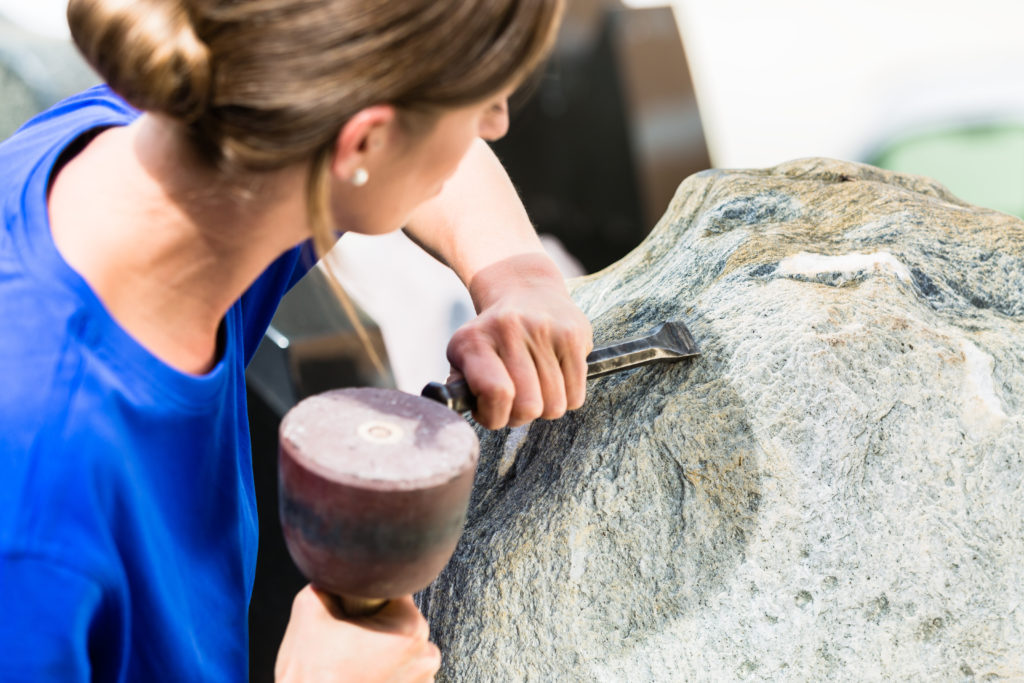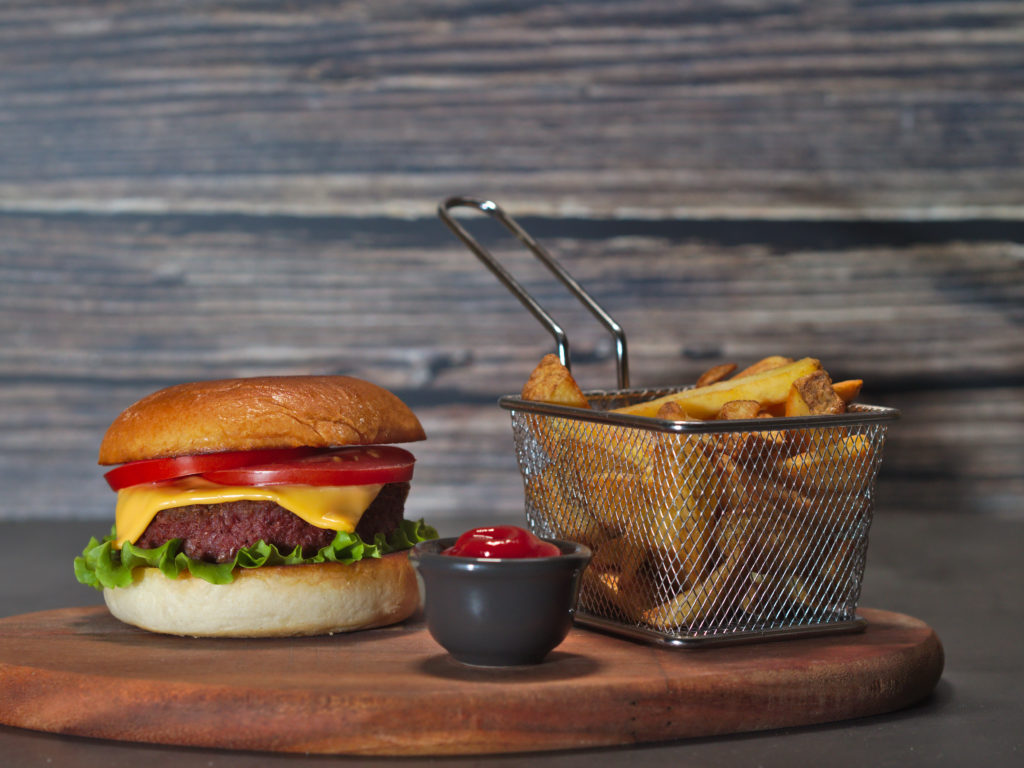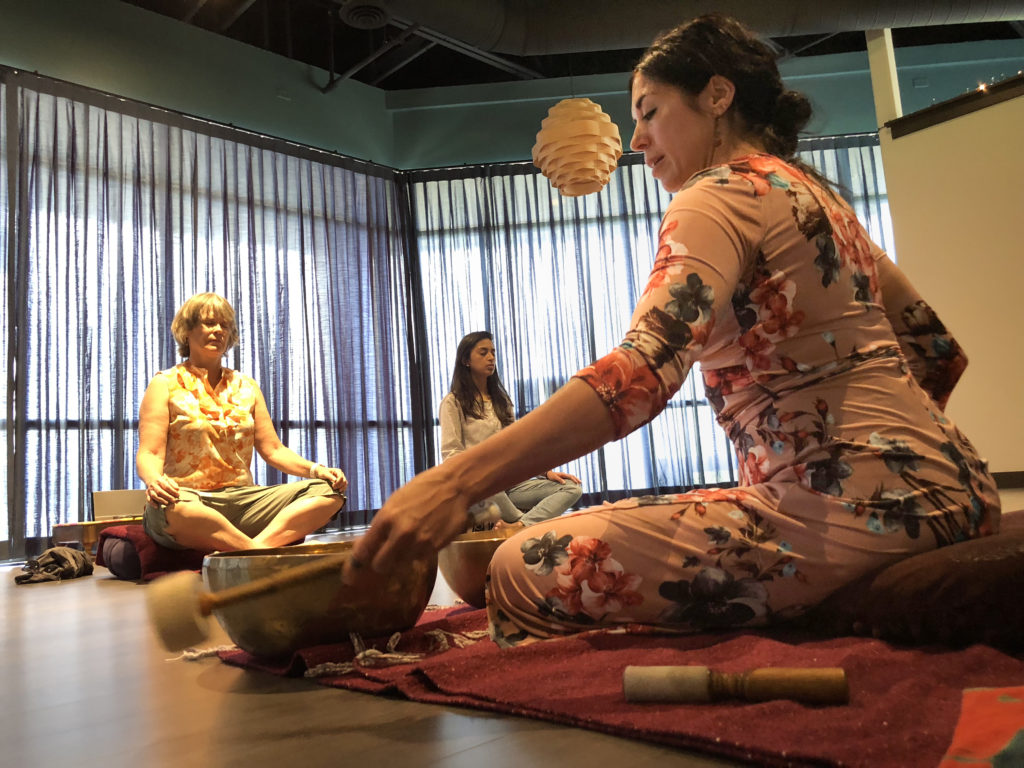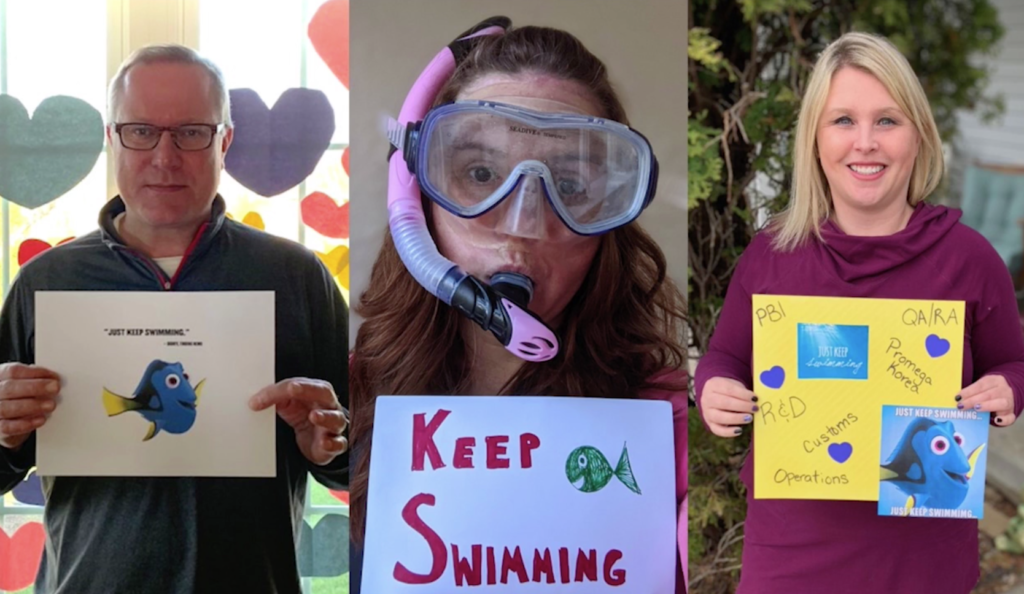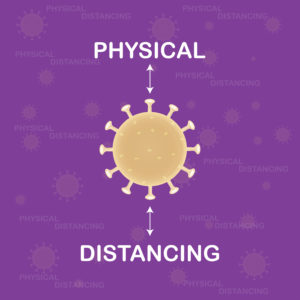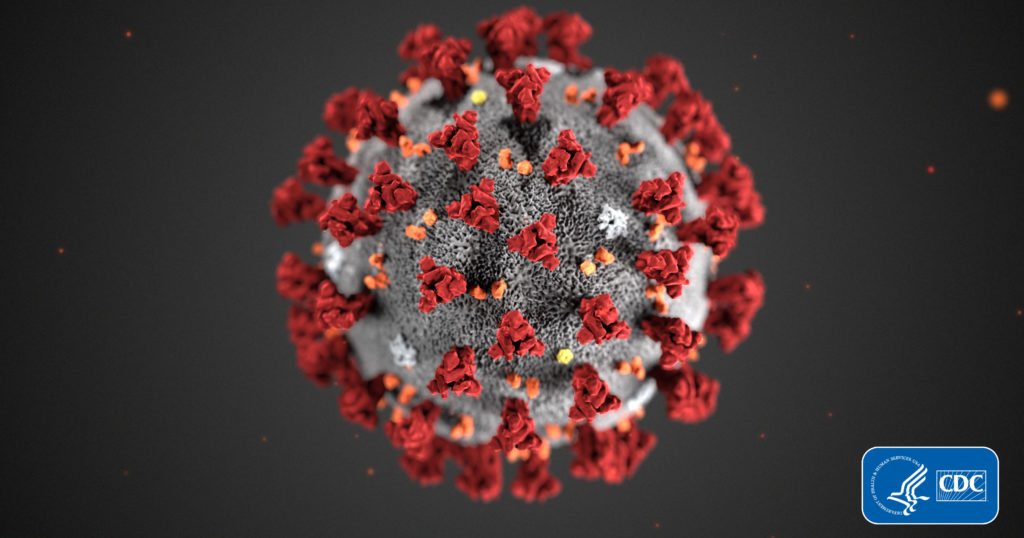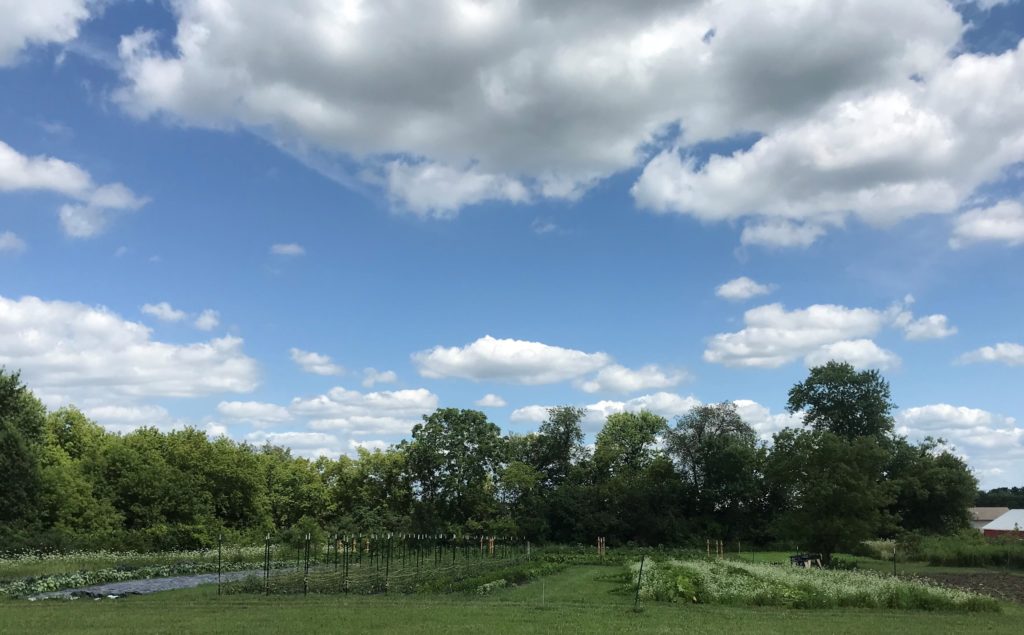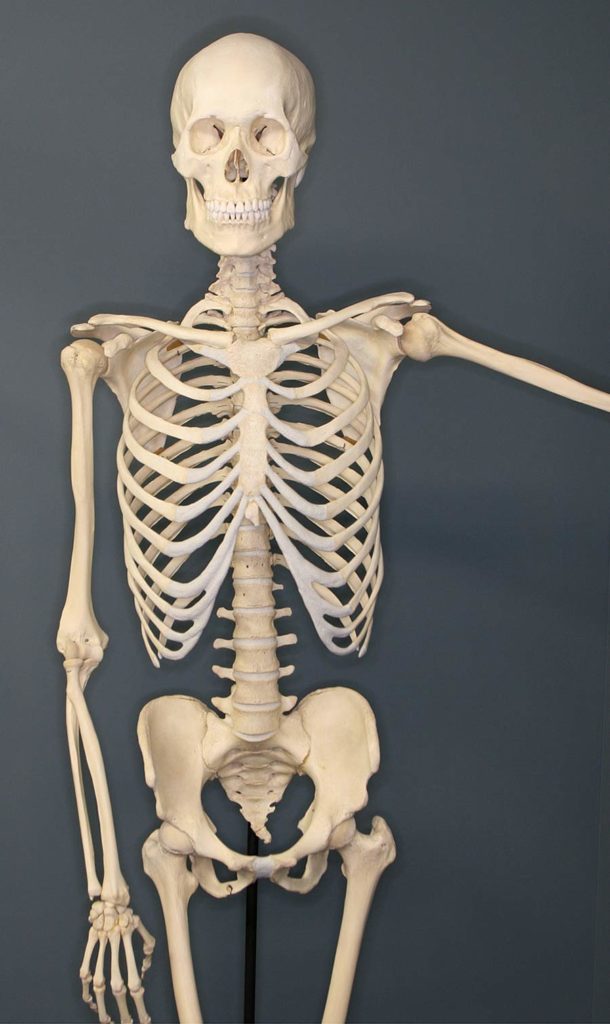
How is your work from home (WFH) exercise routine going? Have you been able to maintain some semblance of a normal exercise routine? Many of us are staying home to avoid potential SARS-CoV-2 infection.
That’s very important. But after six or so months into the pandemic, one starts to consider the impact of not getting more strenuous and varied forms of physical exercise. We frequently think of exercise and it’s effect on muscle tone and heart and lung fitness. But it goes deeper than that. Our bone health is also at risk from lack of exercise.
Bones: Your Newest Tissue
It’s no secret that our bones are tough, made of minerals like calcium and phosphorous. They help us keep upright, supporting a considerable amount of weight against the force of gravity. Bone also protects organs.
Until recently, little attention has been paid to how metabolically active bone is. Research is now revealing that bone is not simply mineralized scaffolding surrounding bone marrow. Bone is actually a tissue, with vasculature and cells with cilia and dendrites that reach through the bony scaffolding, signaling to other cells. This cellular network, influenced by hormones and other compounds produces new bone, and sometimes reabsorbs existing bone, depending on individual needs and state of health.
Continue reading “What Have You Done for Your Bones Lately?”